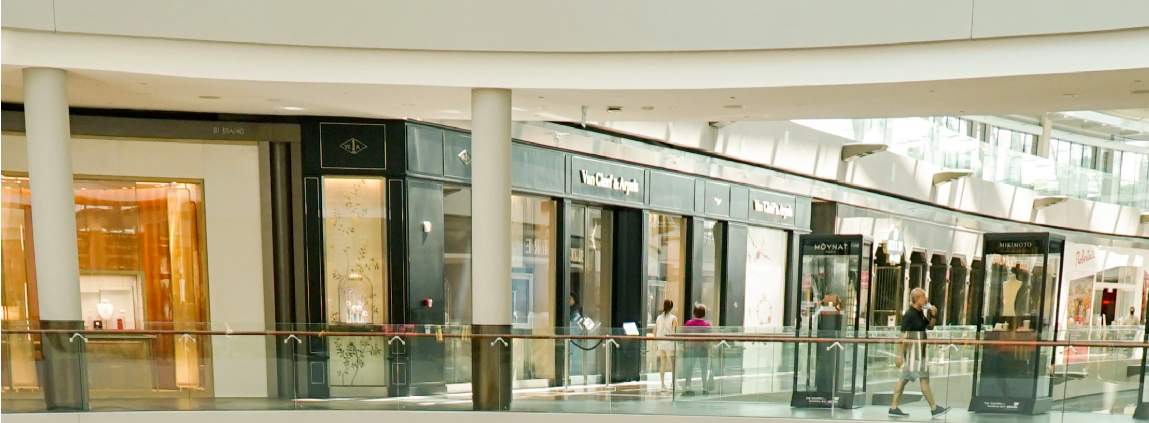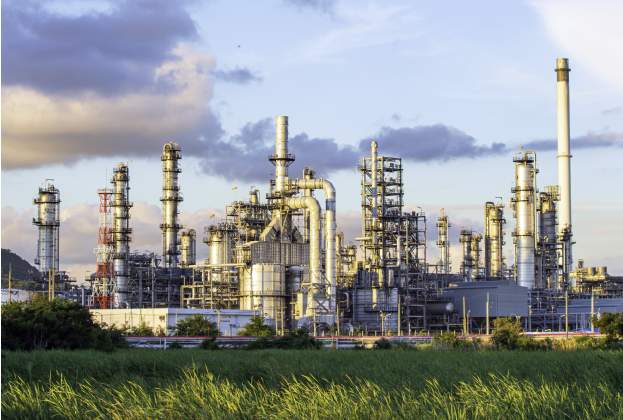With the lockdowns instituted to contain the spread of SARs-COVID2 behind us for over a year, one would have believed that the retail sector would have returned to normalcy. For this issue of Asian Cities, we will take a brief look at how the Singapore retail landscape has changed in the aftermath of the pandemic and, how tenants and landlords/asset managers can adapt in this new environment.
For many, there is a belief that shopper traffic is now back to pre-2020 levels. Indeed, the now discontinued Google Mobility report showed that by 15 October 2022, visits to retail and recreational places have almost returned to the baseline set in the weeks from 3 January to 6 February 2020. There is therefore little to suggest that today, foot traffic has not normalised to pre-pandemic levels.
However, although movement restrictions have now been lifted, there is this feeling amongst market watchers and participants that conditions surrounding the industry have changed. Not only has the spending behaviour of locals de-synchronised from pre-pandemic days, tourist arrivals are still below 2019 levels, and we also see inflation effecting all segments of society. All this has deformed the retail landscape here. On tourist arrivals, despite headline grabbing news of mega concerts held in March this year, international tourist arrivals that month totalled 1.48 million, about the same level as they were for March 2017. For the first quarter of 2024, total tourist arrivals were just slightly ahead of Q1/2017 numbers. For the many who did not refer to these statistics, they could not be faulted for believing that tourist arrivals are back to prepandemic levels. Optically, we do see more and more tourists each month. But optics can be deceiving.

.jpg)
.jpg)
.jpg)
.jpg)
.jpg)
.jpg)
.jpg)
.jpg)
.jpg)
.jpg)
.jpg)
.jpg)
.jpg)
.jpg)

.jpg)
.jpg)